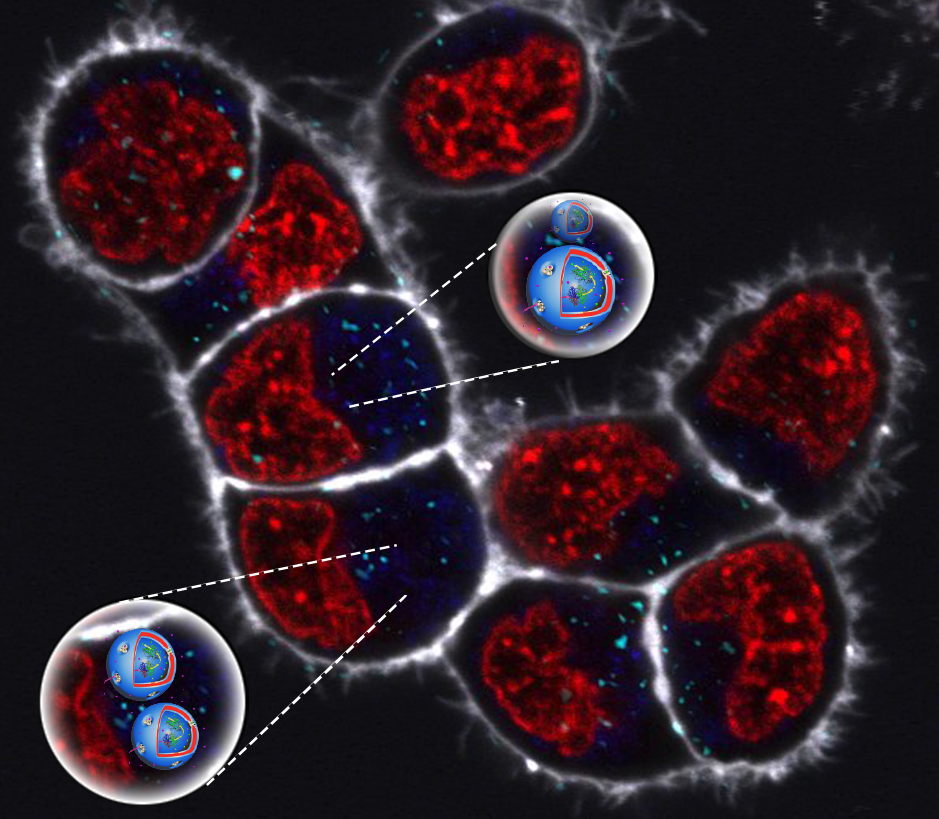Biomimetic engineering of stimuli responsive artificial cell organelle membranes
Recent advances in engineering of robust polymeric compartment spaces with catalytic activity have led to the development of the first polymersome based artificial cell organelle1. However, several challenges still remain when mimicking the nature of organelles, such as the development of compartmentalized reaction spaces capable of interacting with the dynamic intracellular environment. In this respect systems more comparable to biological cell membranes ideally present triggered activity, whilst preserving the nanocompartment architecture of the system2. We present here a new type of artificial cell organelle, which is based on PMOXA-b-PDMS-b-PMOXA polymersomes, whose synthetic membranes are equipped with chemically modified channel proteins, in a stimuli responsive manner. Outer membrane protein F, previously used for the development of the first artificial peroxisome1,3, was chemically modified with a stimuli responsive molecular cap in order to serve as a reduction responsive molecular “gate”. After extensive structural characterization and confirming the ability of the system to act in a stimuli responsive manner was confirmed in vitro functional in vivo assays preformed on Hela cells show the successful enzymatic regulation and activity in vivo for up to 48h, whilst preserving synthetic organelle architecture.

Fig. 1: Schematic representation of life-like stimuli responsive artificial cell organelle activity.
[1]. Tanner P., Balasubramanian V., Palivan C. G. Nano lett , 2013, 13, 2875-2883
[2]. Einfalt T., Goers R., Dinu I. A., Najer A. Spulber M. Onaca-Fischer O, Palivan C.G. Nano Lett 2015, 15, 7596
[3]. C.G. Palivan, R. Goers, A. Najer, A. Car, W. Meier, Chem Soc. Rev. 2015, 45, 377-411